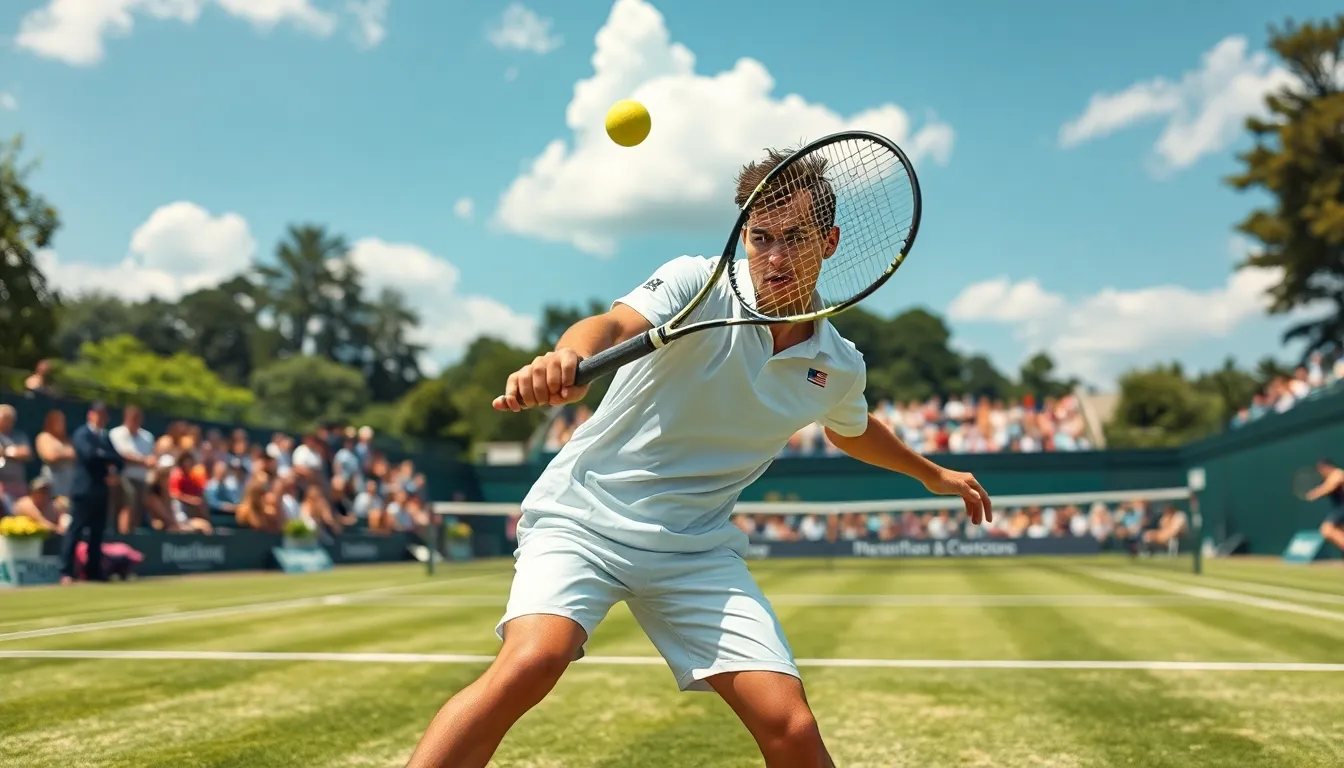How long is a tennis match? It’s a question that intrigues both casual spectators and devoted fans alike, as the answer varies dramatically depending on several key factors.
Tennis matches showcase incredible unpredictability in duration, ranging from quick 30-minute contests to epic battles lasting over 11 hours. The scoring system (with its unique terminology of Love, 15, 30, and 40), match format (best-of-three versus best-of-five sets), player skill level, and even court surface all contribute to this wide variation. This unpredictability is part of what makes tennis such a captivating sport for millions worldwide.
Whether you’re planning to attend your first match or simply curious about the time commitment when watching on TV, understanding the factors that influence match duration will enhance your appreciation of the game.
Understanding Tennis Match Structure
Tennis matches follow a hierarchical structure of points, games, sets, and matches that directly affects their duration. The organization of a tennis match creates both predictability in format and unpredictability in length, making each match a unique experience for players and spectators alike.
Singles vs. Doubles Format
Singles and doubles formats significantly impact how long a tennis match lasts. Singles matches typically run longer since only one player covers the entire court, leading to extended rallies and more physically demanding play. In professional tournaments, singles matches average 1.5 to 2.5 hours for best-of-three sets and 2.5 to 5 hours for best-of-five formats. Doubles matches generally finish more quickly, averaging around 2 hours, thanks to the no-ad scoring system where deuce points become decisive rather than requiring a two-point advantage. The court coverage by two players also shortens points and decreases overall match time. When I’m coaching new players, I always advise them to prepare for longer endurance challenges with singles play compared to doubles.
Set and Game Formats
Tennis match duration varies substantially based on set and game structures. A standard game requires winning four points (15, 30, 40, Game) with a two-point advantage, while deuce scenarios can extend games indefinitely. Sets typically require winning six games with a two-game lead, with tiebreaks resolving 6-6 ties by playing to seven points with a two-point advantage. Tournament formats dictate whether matches use best-of-three or best-of-five sets, dramatically affecting total duration. Best-of-three matches commonly last 1.5 to 2.5 hours, while best-of-five matches (used in men’s Grand Slams) average 2.75 hours but can extend beyond 5 hours in competitive matchups. Grand Slam tournaments feature longer formats, with men playing best-of-five sets and women playing best-of-three. The 2010 Wimbledon match between Isner and Mahut demonstrates how extreme these variations can be, lasting an unprecedented 11 hours and 5 minutes over three days with a final set score of 70-68.
| Match Type | Average Duration | Maximum Duration (Historical) |
|---|---|---|
| Best-of-Three Sets | 1.5 to 2.5 hours | 3+ hours (closely contested) |
| Best-of-Five Sets | 2.5 to 5 hours | 11 hours 5 minutes (Isner vs. Mahut) |
| Professional Singles | 2 to 5 hours | Varies by tournament format |
| Professional Doubles | 2 hours | Shorter due to no-ad scoring |
Average Duration of Tennis Matches
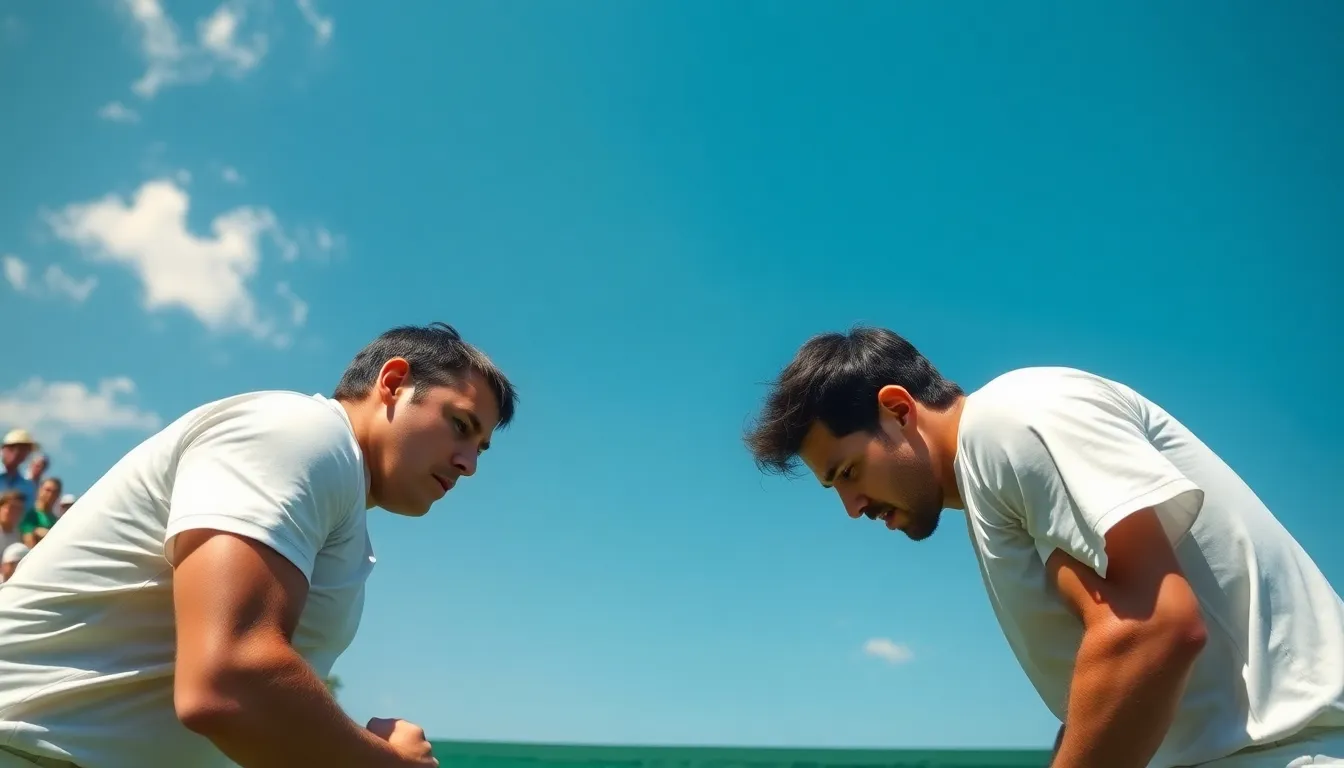
Tennis matches vary significantly in length depending on format, competition level, and several other factors. Understanding the typical duration helps fans plan their viewing time and players prepare physically for matches.
Three-Set Match Length
Three-set tennis matches typically last about 90 minutes (1.5 hours) on average. Each set takes approximately 30 to 60 minutes to complete, often averaging around 40 to 45 minutes per set. Quick matches with decisive victories, such as 6-0, 6-0 scorelines, can finish in as little as 30 minutes total. More competitive matches featuring multiple tie-breaks and closely contested games extend beyond the average, sometimes lasting over 3 hours even in the best-of-three format. Women’s matches, which are generally played in a best-of-three format at all levels of competition, typically last between 1 to 3 hours.
Five-Set Match Length
Five-set tennis matches, primarily featured in men’s Grand Slam tournaments, have a longer average duration of about 2 hours and 45 minutes. These matches can extend significantly based on competitiveness, sometimes lasting 5-6 hours for particularly tight contests. Men’s Grand Slam matches (Australian Open, French Open, Wimbledon, and US Open) typically run 3 to 5 hours when all five sets are played. The extended format demands exceptional physical endurance from players, especially when matches reach the decisive fifth set. The longest recorded professional tennis match lasted an extraordinary 11 hours and 5 minutes, spread across three days at Wimbledon in 2010. This extreme example illustrates how unpredictable a tennis match’s duration can be when players are evenly matched in the five-set format.
Factors Affecting Match Duration
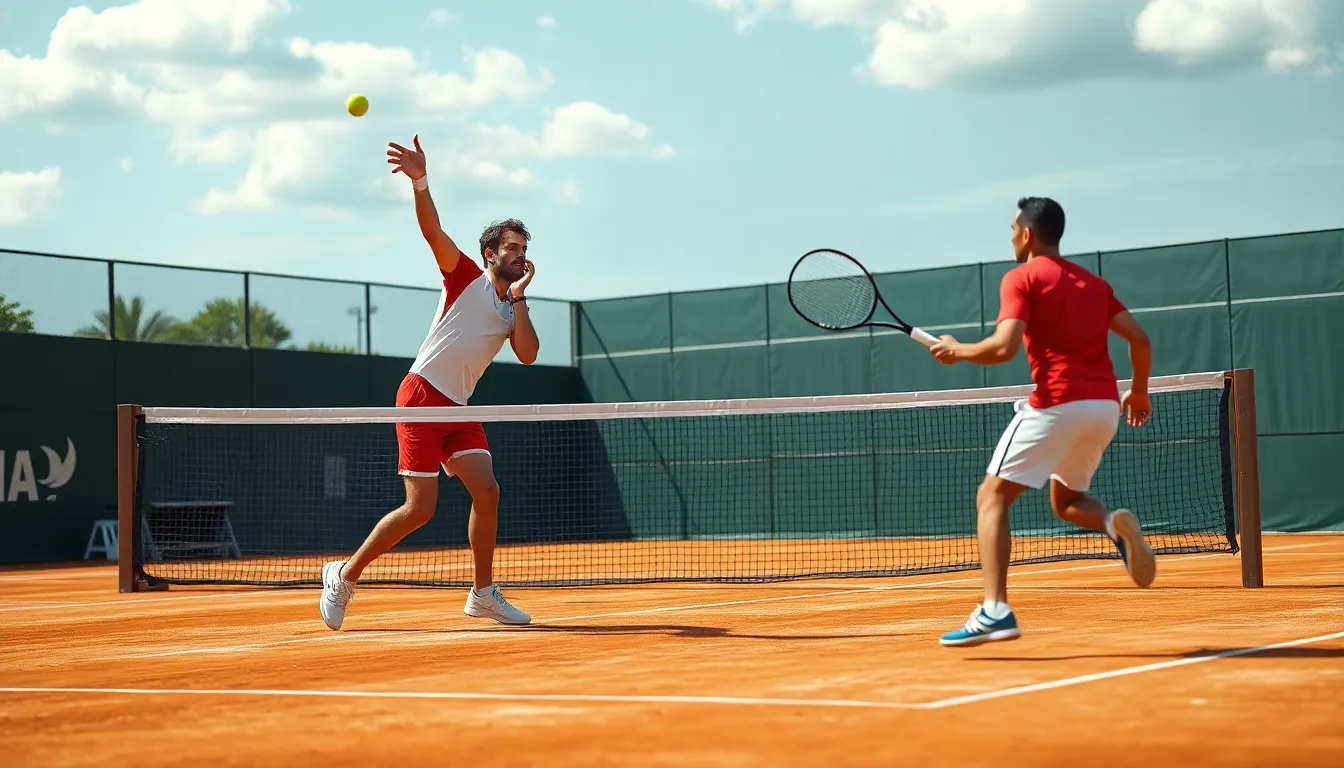
Tennis match length varies significantly due to several key elements that influence gameplay. Understanding these factors helps you anticipate how long a tennis match might last, whether you’re planning to watch or play.
Playing Surface
Playing surface dramatically impacts how long a tennis match lasts. Clay courts significantly slow the ball, creating higher bounce and more friction, which leads to longer rallies and extended matches. The slower pace allows defensive players to retrieve more shots, turning quick points into lengthy exchanges. Hard courts offer a middle ground, with moderate ball speed and consistent bounce patterns that create balanced match durations. Grass courts, with their slick surface and low bounce, generate faster play with shorter points and potentially briefer matches. The surface effect is so important that even the record-setting 11-hour Isner-Mahut marathon surprisingly took place on Wimbledon’s traditionally faster grass courts.
Player Skill and Style
A player’s approach to the game directly influences match duration. Aggressive, serve-oriented players who take the ball early and hit flatter shots tend to create shorter points and quicker matches. These players often employ serve-and-volley tactics to end points rapidly at the net. Defensive baseliners who excel at retrieving and maintaining long rallies typically extend match times, sometimes dramatically. When two similarly skilled players face off, matches generally last longer due to competitive balance and extended games. Mismatches in skill level, regardless of surface or conditions, can result in surprisingly quick contests, sometimes ending in under an hour with lopsided scores.
Tournament Level
The level of tournament significantly affects how long a tennis match lasts. Grand Slam events feature best-of-five set formats for men, extending average match duration to approximately 2 hours and 45 minutes, compared to standard tour events’ 90-minute average for best-of-three matches. Professional tournaments employ standardized rest periods—90 seconds during changeovers and two minutes between sets—adding to the overall match time. Lower-tier tournaments and amateur competitions typically use shorter formats, such as pro sets or Fast4 Tennis, deliberately designed to reduce playing time. Some recreational leagues carry out match tiebreaks instead of full third sets, condensing potential three-hour matches into manageable one-hour sessions.
Weather Conditions
Weather plays a crucial role in determining tennis match length. Extreme heat and humidity slow gameplay as players fatigue more quickly and take longer between points, extending match duration even though potentially shorter rallies. Wind creates unpredictable ball movement, forcing players to use more margin for error by hitting higher over the net and reducing pace, which naturally lengthens points and overall match time. Rain interruptions at outdoor venues can extend matches across multiple days, particularly at tightly scheduled Grand Slam tournaments. Indoor matches avoid weather delays but still vary in duration based on court surface speed and player styles. Even relatively minor changes in temperature can affect ball bounce and player performance, subtly influencing how long a tennis match might last.
How long is a tennis match
Typical professional tennis match duration varies based on format and conditions. Best-of-three matches average about 90 minutes but range from 30 minutes for one-sided contests to over three hours for competitive battles. Best-of-five matches, seen in men’s Grand Slams, typically last around 2 hours and 45 minutes but can extend to 5-6 hours for closely contested matches, with the record being an extraordinary 11 hours and 5 minutes.
Match Length by Competition Type
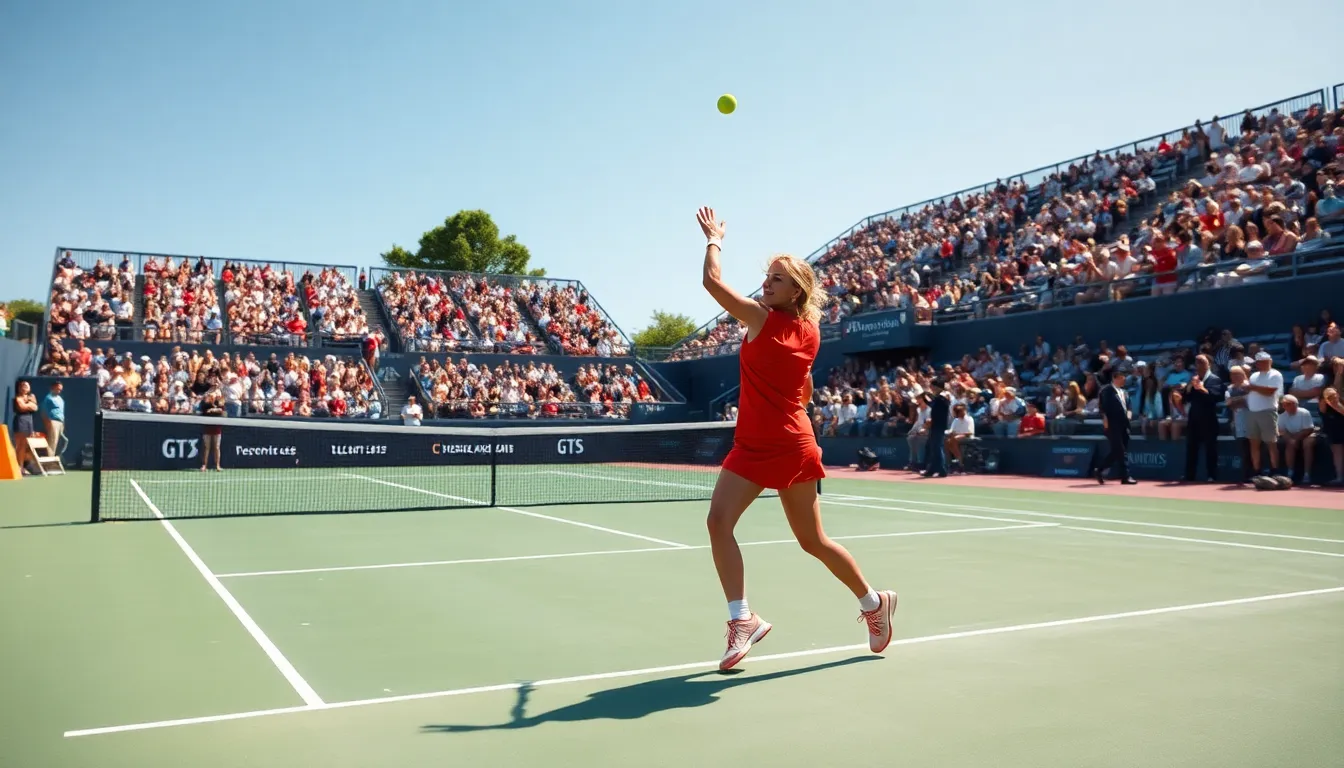
Tennis match duration varies significantly based on the level and type of competition you’re watching or playing. The format, rules, and caliber of players all contribute to how long you’ll spend on the court or in your seat as a spectator.
Grand Slam Matches
Grand Slam matches feature the longest potential duration in professional tennis. Men’s singles matches follow a best-of-five sets format, typically lasting between 3 to 5 hours, with an average around 3.5 hours. These matches can extend considerably longer during competitive matchups with multiple tiebreaks. Women’s singles at Grand Slams use a best-of-three sets format, usually running between 1.5 to 3 hours from start to finish. Doubles and mixed doubles matches at these prestigious tournaments generally wrap up faster than their singles counterparts due to quicker gameplay and specialized scoring rules.
Professional Tour Matches
Regular ATP and WTA tour matches follow a more condensed timeframe than Grand Slam events. Most professional tour matches use a best-of-three sets format, averaging approximately 90 minutes to 2 hours in total playing time. Match length on the professional tour varies based on several factors including the players’ styles (baseline or serve-and-volley), the court surface (clay typically producing longer matches than grass), and exact tournament scoring formats. Modern innovations like Fast4 formats and championship tiebreaks instead of decisive third sets have reduced match times in many professional competitions, making scheduling more predictable for tournaments and broadcasters.
College and High School Matches
College and high school tennis matches typically run shorter than professional competitions. These matches generally follow a best-of-three sets format and last approximately 1 to 2 hours depending on the competitive balance between players. The duration can extend to 2.5 hours in closely contested matches. High school matches often incorporate specialized scoring systems that differ by state or region. College matches frequently use no-ad scoring (where a single point decides games tied at deuce) and 10-point match tiebreakers instead of full third sets, both designed to create more time-efficient competitions. These modifications help accommodate academic schedules and allow multiple matches to be played in a single day during tournament play.
Notable Tennis Match Records
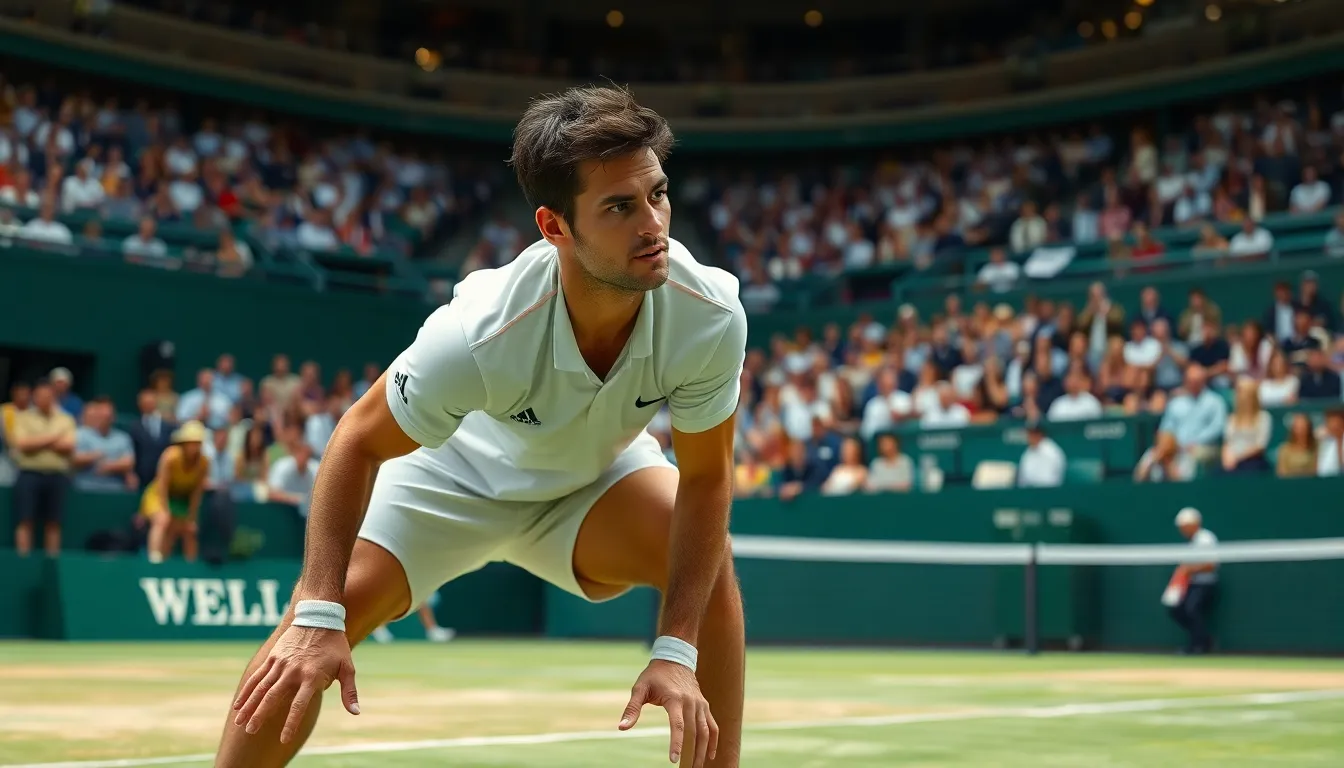
Tennis matches range from incredibly brief encounters to epic marathons spanning multiple days. These extreme examples showcase the sport’s unpredictability and the remarkable endurance of professional players.
Longest Tennis Matches in History
The most extraordinary tennis marathon occurred at Wimbledon 2010 between John Isner and Nicolas Mahut, lasting an unprecedented 11 hours and 5 minutes over three days. This match featured 183 games with Isner eventually winning 6-4, 3-6, 6-7, 7-6, 70-68, setting an unbreakable record in tennis history. At the 2012 Australian Open semifinal, Novak Djokovic and Andy Murray battled for 5 hours and 53 minutes before Djokovic emerged victorious in five sets. The French Open’s longest match took place in 2004, with Fabrice Santoro and Arnaud Clement competing for 6 hours and 33 minutes, demonstrating extraordinary stamina on clay courts. At the US Open, Stefan Edberg and Michael Chang set the tournament record in 1992 with their 5-hour and 26-minute contest, highlighting how different Grand Slam venues produce varying match durations.
Shortest Professional Matches
Tennis matches can also conclude with remarkable speed. The shortest recorded professional match lasted just 18 minutes when Harper defeated Sandiford in 1946. In 1987 at the Australian Open, Peter Doohan dispatched John Frawley in only nine minutes with a decisive 6-0, 6-0 victory, demonstrating complete dominance. Even more astonishing was Fabrice Santoro’s 57-second victory over Arnaud Clement in Germany in 2004, likely due to injury or retirement. These brief encounters stand in stark contrast to marathon matches, illustrating the wide variation in tennis match duration. When planning to watch a tennis match, you’re typically looking at 1.5 to 3 hours for standard matches, though as these records show, the actual time can vary dramatically based on competition level and circumstances.
Conclusion
Tennis match duration varies dramatically based on multiple factors you’ve now discovered. From lightning-fast 18-minute contests to marathon 11-hour battles the unpredictability adds to tennis’s excitement.
Whether you’re planning to attend a Grand Slam or watch a local tournament understanding these time factors helps you prepare accordingly. Men’s five-setters will demand more of your day while doubles matches offer quicker entertainment.
The beauty of tennis lies partly in this time uncertainty. Each match tells its own story unfolding at its unique pace shaped by players styles court surfaces and competitive intensity. Armed with this knowledge you’ll appreciate the strategic ebbs and flows that make tennis such a captivating sport.
Frequently Asked Questions
How long does a typical tennis match last?
A typical tennis match can range from 1 to 3 hours. Men’s best-of-3 singles matches average around 90 minutes, while best-of-5 matches typically last about 2 hours and 45 minutes but can extend to 5 hours. Women’s matches (best-of-3 format) usually last between 1 to 3 hours. Doubles matches are generally shorter, averaging about 2 hours due to the smaller court area per player.
What factors affect the length of a tennis match?
Several factors influence match duration: scoring system, match format (singles vs. doubles), player skill level, and court surface. Playing style (aggressive vs. defensive) significantly impacts length – defensive players tend to create longer rallies. Court surfaces matter too – clay courts produce longer matches than grass courts. Weather conditions and tournament level also play important roles in determining how long a match will last.
What is the longest tennis match ever played?
The longest tennis match in history was played at Wimbledon in 2010 between John Isner and Nicolas Mahut. It lasted an extraordinary 11 hours and 5 minutes, spread over three days. The final set alone took 8 hours and 11 minutes, ending with Isner winning 70-68. This match shattered all previous duration records and led to rule changes in some tournaments.
How long do Grand Slam matches typically last?
Grand Slam matches vary in duration by gender. Men’s singles matches, played in a best-of-five format, typically last between 3 to 5 hours, with some extending beyond that in tightly contested matches. Women’s singles matches, played in a best-of-three format, usually last between 1.5 to 3 hours. The prestige and importance of Grand Slam events often lead to more competitive, longer matches.
Are tennis matches getting longer over time?
Yes, professional tennis matches have generally increased in duration over the decades. Modern players’ improved fitness, defensive capabilities, and the slowing down of some court surfaces have contributed to longer rallies and matches. In the 1970s and 1980s, matches were typically shorter due to more serve-and-volley play. Today’s baseline-dominated game naturally produces longer points and matches.
How long do three-set matches usually take?
Three-set matches typically last about 90 minutes, with each set taking approximately 30 to 60 minutes to complete. However, this can vary significantly based on competitiveness and playing styles. Closely contested matches with multiple tiebreakers can extend to 2.5 hours, while one-sided matches might conclude in under an hour. Most WTA and non-Grand Slam ATP tournaments use this format.
How do court surfaces affect match duration?
Clay courts typically produce the longest matches due to their slow surface that extends rallies and reduces the effectiveness of big serves. Hard courts result in medium-length matches. Grass courts generally yield the shortest matches because the ball bounces lower and faster, favoring aggressive play and shorter points. The difference can be significant, with clay court matches lasting up to 30% longer than grass court matches.
What’s the shortest professional tennis match on record?
The shortest documented professional tennis match lasted just 18 minutes, when Jack Harper defeated J. Sandiford 6-0, 6-0 at the 1946 Surrey Open Hard Courts Championship. In modern tennis, Francisco Clavet defeated Shan Jiang 6-0, 6-0 in 25 minutes at the 2001 Shanghai Open. These extremely short matches typically result from highly one-sided competitions.


